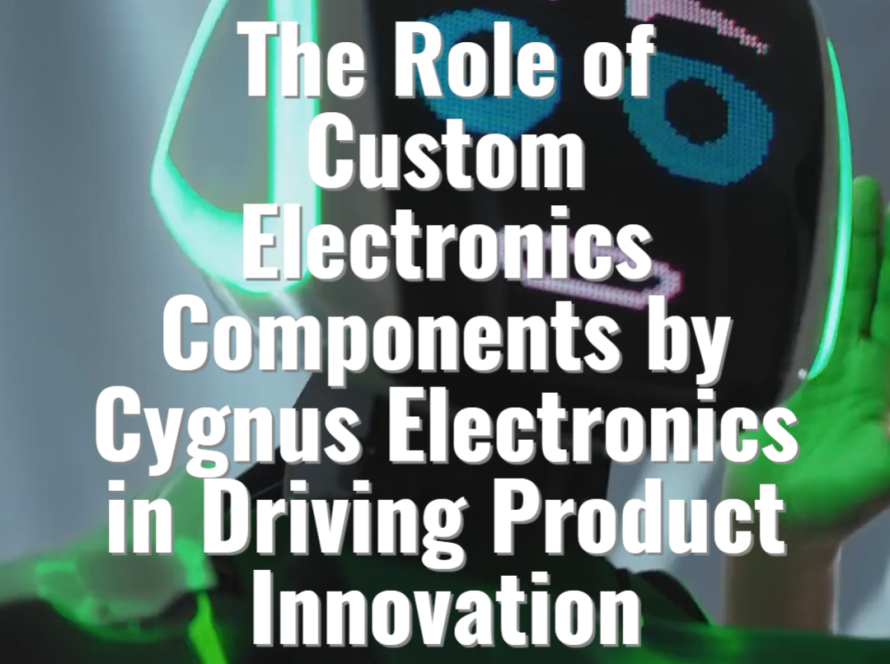Prototyping Your Electronics Project: Best Practices and Pitfalls
Prototyping is a fundamental phase in the development of any electronics project. It’s a stage rich with potential, yet fraught with challenges that can make or break the success of your final product. At Cygnus Electronics, we have honed our prototyping process through years of innovation and experience. Here, we share the best practices and common pitfalls in electronics prototyping, offering insights to guide you through this critical phase of development.
Best Practices for Electronics Prototyping
1. Start with a Clear Objective
Before diving into the prototyping process, define what success looks like for your project. Establish clear objectives and functional requirements. This clarity will guide your design choices and keep your project aligned with its goals.
2. Simplify Your Design
The temptation to integrate all possible features from the start can lead to complexity and increased risk of failure. Start with a simple, core design that meets your primary objectives, then iterate to add complexity as needed.
3. Choose the Right Components
Selecting the right components is crucial. Consider not only the specifications but also the availability and cost of components. Cygnus Electronics advises on component selection to ensure your prototype is both functional and cost-effective.
4. Build for Testing
Design your prototype with testing in mind. Include test points and debugging interfaces to facilitate analysis and troubleshooting. Remember, a prototype that’s easy to test is a prototype that’s easy to perfect.
5. Document Everything
Thorough documentation is a pillar of successful prototyping. Keep detailed records of design files, component datasheets, and assembly instructions. This transparency is vital for troubleshooting and future iterations.
6. Embrace Iteration
Prototyping is an iterative process. Each version should build on the learnings of the previous one. Be prepared to make adjustments and even take a few steps back if necessary.
Common Pitfalls in Electronics Prototyping
1. Overlooking Design for Manufacturability (DFM)
One of the most common pitfalls is failing to consider how a prototype will transition to mass production. Cygnus Electronics emphasizes DFM from the outset to ensure your design is scalable.
2. Underestimating the Importance of PCB Layout
A well-designed PCB layout is critical. Poor layout can lead to noise issues, improper heat dissipation, and other functional defects. Our team at Cygnus provides expertise to get the layout right the first time.
3. Ignoring Compliance and Standards
It’s crucial to understand the compliance and standards relevant to your product and market. Non-compliance can lead to costly redesigns or even project termination.
4. Inadequate Testing
Testing should simulate the real-world conditions your product will face. Inadequate testing can leave you unprepared for issues that emerge later in the development cycle.
5. Rushing the Process
Rushing through prototyping stages to speed up time-to-market can result in overlooked errors and insufficient testing. It’s important to allocate enough time for thorough development and evaluation.
Prototyping is as much an art as it is a science, and at Cygnus Electronics, we have mastered both. By following these best practices and avoiding common pitfalls, you can ensure your electronics prototyping process is robust, efficient, and sets the stage for a successful final product.
Remember, every great electronics product began as a prototype. Approach this phase with the care and attention it deserves, and you’ll lay a strong foundation for success.
Are you ready to turn your concept into a reality? Reach out to Cygnus Electronics for expert guidance and support throughout your electronics prototyping journey.




